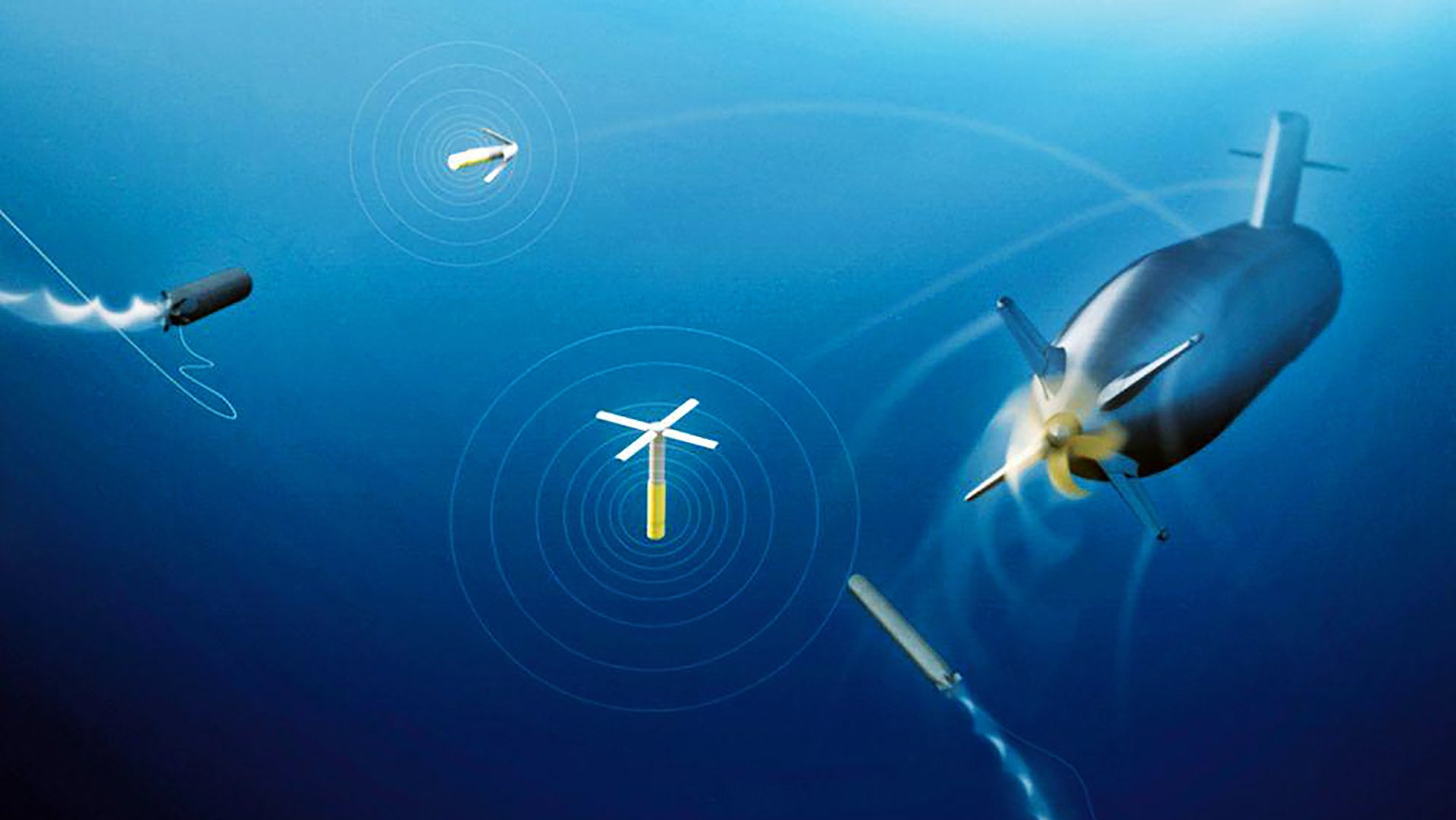Historically speaking, torpedo countermeasures have been a tool used to buy time for a ship or submarine trying to escape an attack, but 21st-century naval technology is changing the way they are used. Today, countermeasures can be used as a defensive device or as a distraction that opens up an opportunity to attack. So, let’s take a dive into this shadowy world, starting with the four basic types of torpedo countermeasures: maskers, jammers, decoys, and anti-torpedo devices, as well as their differences and how they are tactically employed.
Broadband passive sonar systems found on modern submarines identify a target by contrasting the broadband energy signal-to-noise ratio (SNR) with quieter background noise. This contrast is displayed as different shades or colors on the sonar screen forming traces that waterfall down from the top. Broadband acoustic masking devices that interfere with a sonar’s ability to differentiate background noise from a contact, like the Naval Acoustic Electromechanical (NAE) Beacon Mk 3, are the simplest of torpedo countermeasures.
This saltwater activated masker is ejected from the submarine and a float is released that tethers the device to a specific depth. A thermal battery powers its motor and electronics, which create the broadband noise. This produces a loud acoustic signature that spans the spectrum of a broadband sonar system, effectively raising background noise above a target’s SNR, “wiping” the sonar operator’s display in one solid color with no contrast. As such, they cannot delineate targets from the noise.
Maskers have a short operational time and grow quieter as they lose power. It is common to deploy multiple maskers with different start time delays. This gives the evading submarine more time before the masking field expires. They are not effective against most modern torpedoes, such as the Russian UGST or the Black Shark. This is because maskers will cover a submarine’s evasion maneuver from the opponent’s broadband sonar system, but will not reliably hide a submarine from the torpedo’s active or narrowband sonar search modes.
With this in mind, Russia’s Vist-E torpedo decoy is a five-inch, 30-pound acoustic countermeasure that combines broadband noise masking with active sonar jamming and torpedo active reproduction. In other words, it can simulate a submarine’s own narrowband acoustic signature, but has a relatively short battery life of less than 10 minutes. Overall, the Vist-E is less capable than modern NATO decoys, but when used in groups, it can create a field of confusion that will hamper most torpedoes.
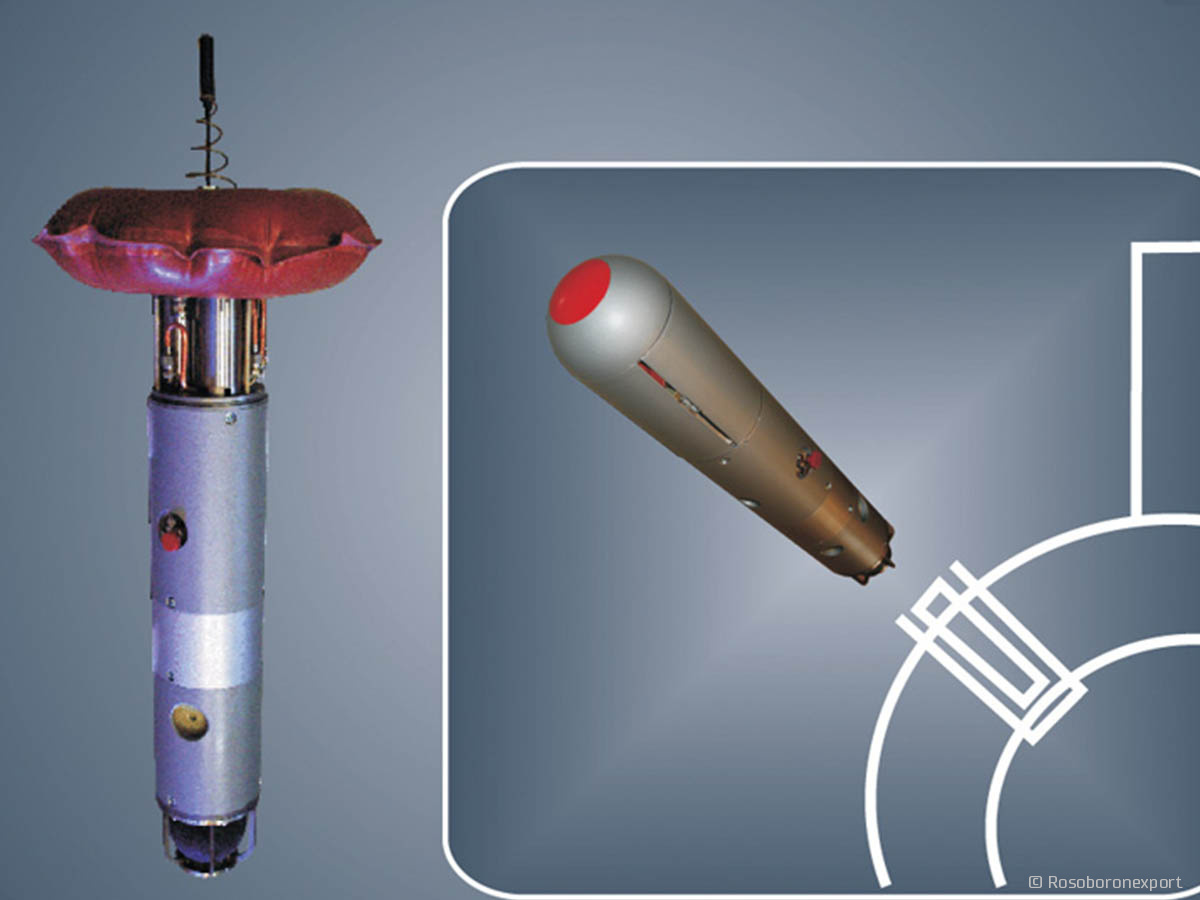
Submarine Scutter (SUBSCUT) and Launched Expendable Scutter (LESCUT) are reactive decoys built by Ultra Electronics Ocean Systems and Rafael of Israel. SUBSCUT is pre-loaded into internal signal launchers or external launchers—launch tubes that house the countermeasure devices, and can be automatically deployed upon torpedo detection.
The decoy will hover between a depth of 10 and 300 meters listening for the incoming torpedo. A torpedo’s active sonar is analyzed by the decoy and classified. SUBSCUT customizes its own acoustic decoy transmission to the specific type of incoming torpedo, including the Doppler effect. Doppler effect is important to deceiving torpedo logic because it is one of the many checks the torpedo circuits can make during target verification. When the internal battery runs out, the decoy erases its software and sinks. LESCUT is the surface ship counterpart to SUBSCUT and is launched with a rocket motor from a chaff tube topside into the water.
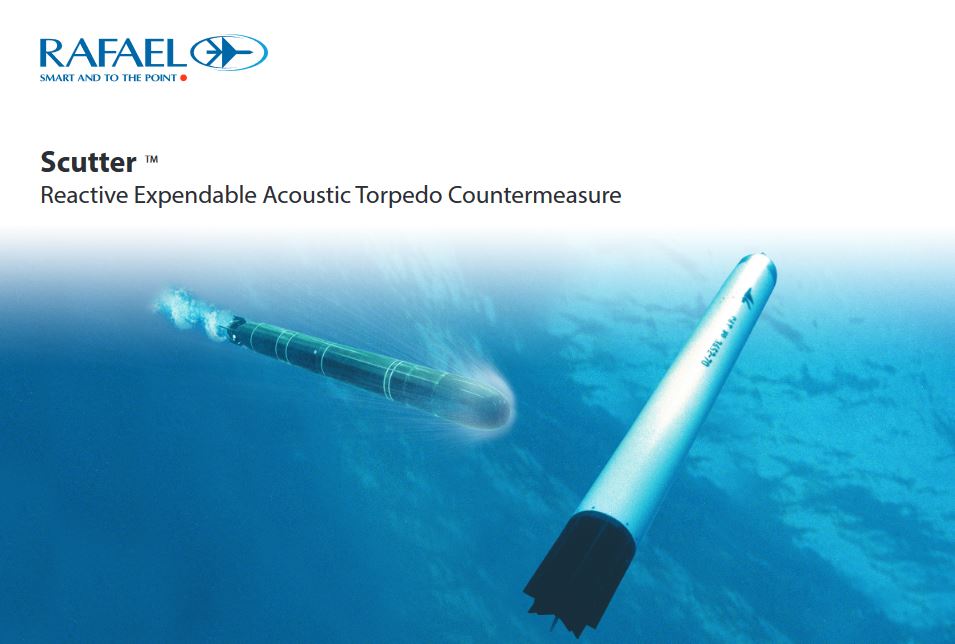

The Submarine Countermeasure Acoustic Device (SCAD 102) is used by the Royal Navy’s ballistic missile submarines and the Astute class of nuclear fast attack submarines (SSNs). This four-inch diameter, self-contained, internally-mounted torpedo countermeasure has the multirole capability. It is mission programmed before launch and is capable of jamming and decoying next-generation torpedoes, such as the Mk 48 Advanced Capability (ADCAP).
Sonar Jammers, such as the United States Navy’s Acoustic Device Countermeasure (ADC) Mk 4 Mod 1, an expendable 6.25-inch diameter, 120-pound (54.4kg) countermeasure, produce wide range tones designed to confuse a torpedo detection logic with a large number of false targets. This triggers a target verification algorithm within the torpedo’s homing logic and restarts it continuously with multiple new targets every second. This result is the torpedo circling the jammer verifying targets that do not exist while the actual submarine exits the search area.

Most modern torpedoes, such as the Royal Navy’s Spearfish, have modes to defeat this kind of jammer and older less capable torpedoes can use guidance commands sent over the long trailing wires connected to the launching submarine to reset the torpedo’s search mode. However, this latter method requires direct input from the submarine’s fire control system operators.
In February 2019, the United States awarded a contract to develop a 3-inch version of the ADC Mk 4, called the ADC Mk 5. This will decrease the operational cost of the ADC program due to each device being stored within the submarine pressure hull instead of externally. An external ADC has a 12-year replacement lifespan, but only a two-year operational life after it is installed into the external mount.
Phase three of this contract explores the feasibility of automated underwater vehicles deploying torpedo countermeasures. This gives the attacking submarine more tactical flexibility because he can prepare the battlespace before an attack with numerous automated mobile decoys that move away from the submarine’s position. Testing of the system is taking place on naval ranges off the coast of Washington, California, Virginia, and at the Atlantic Undersea Test and Evaluation Center (AUTEC) in the Bahamas.
To respond to the “countermeasure homing” abilities of modern torpedoes, such as target verification and frequency discrimination, Leonardo has created the C303/S for submarines and C310 for surface ships. C303/S is a 12-barrel, external, pneumatic countermeasure launcher that shoots a 3.7-foot-long, 33-pound, three-inch diameter stationary jammer, and a five-inch Mobile Target Emulator (decoy).
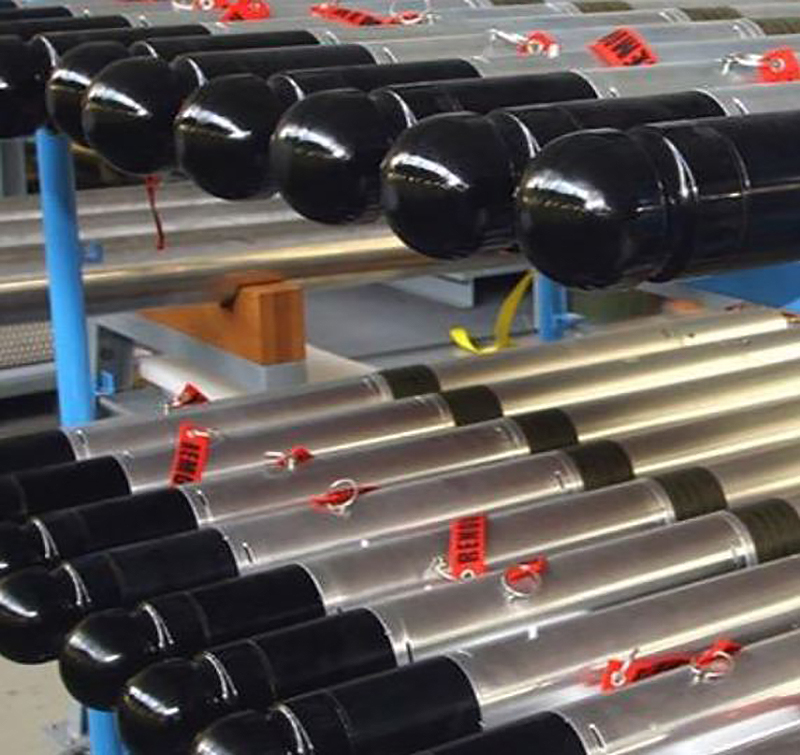
The jammer is supported by a floating buoy that deploys a cable submerging the jammer to its most effective depth for the environment. The Mobile Target Emulator (MTE) will move away from the jammer responding to the incoming torpedo’s active pings as if it is a valid return. The doppler of the moving decoy and high SNR response is sufficient to lure the weapon away for a short time. When the weapon realizes it is following a decoy it is likely to return to the jammer and not the target. The C303/S launcher can be manually or automatically fired upon torpedo detection. The system will give a recommended evasion course that moves away from the mobile decoy.
Ultra Electronics is developing the Next Generation Countermeasure (NGCM). This 3-inch device can be internally launched and will swim away from the launching platform and provide tactical information via an acoustic communication link and updates between ships and submarines in the battlespace. The NGCM will act as an autonomous full-duplex mode acoustic communication link and torpedo jammer or decoy if, necessary.
The 3-inch Swimmer Mk 2 device is in development, it provides more tactical capabilities and can be launched externally. This gives submarine commanders more tactical options. Devices such as the NGCM expand sonar detection range, act as guards against counter-attack, and can provide broadband masking while the submarine repositions itself.
Towed decoys are common on most warships. Even the battleship USS Iowa deployed the AN/SLQ-25 Nixie system. Towed decoys employ both a broadband masker that generate more noise energy than the target ship and an active pulse transmitter that returns a torpedo’s active sonar ping at two to three times more amplitude than received. This attracts the torpedo to the towed decoy where it will circle until it runs out of energy. This is a better option than expendable countermeasures because if power is applied to the towed decoy, it will run continuously and can be reused.
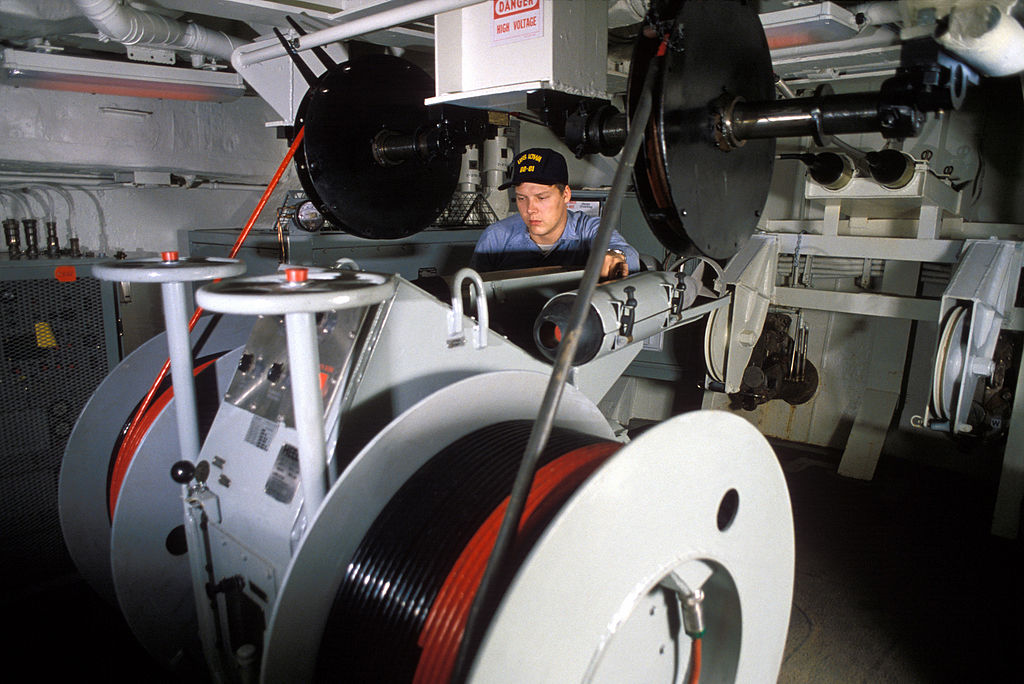
Expendable countermeasures have seawater batteries that last between six and 45 minutes. Modern towed decoys can also act as torpedo early-warning sensors and alert the towing vessel of incoming weapons before their hull-mounted sensors detect them.
Ultra Electronics has created the Type 2070 surface ship torpedo defense (SSTD) system. This next-generation torpedo countermeasure employs both active and passive methods that reliably decoy and destroy incoming torpedoes. Details as to how the Type 2070 does its job remain highly classified.

Russia’s Paket-E/NK anti-torpedo system is designed to engage torpedoes or submarines inside 800 meters. This fast-reacting countermeasure consists of an externally mounted rotary launcher of eight intercept devices, a Paket-E control system, and a Paket-AE sonar set. The system can automatically alert on an incoming torpedo, calculate its path and launch a torpedo disabling anti-torpedo. It provides ships with unique anti-submarine and anti-torpedo capability. This point defense approach is employed if traditional evasion is unsuccessful.
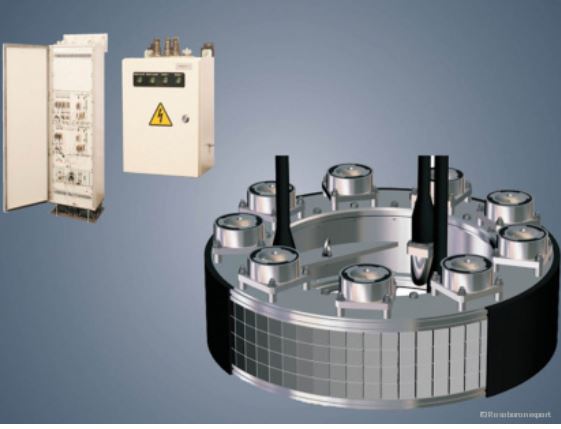
Rafael’s Torbuster is a mobile decoy that is launched from an external launcher. It mimics the incoming weapon’s active sonar creating a false target. The system will calculate the torpedoes range and when it reaches the closest point of approach, it self-detonates a charge capable of damaging or destroying any nearby weapon.
The evolution of weapons and defenses have counteracted each other since the beginning of warfare. From sword and shield to radar and jammer, military science has parried each new technology with an appropriate response. Since the 1980s the torpedoes have been the dominant ship killer in naval warfare, leaving the target with little choice but to run the weapon out of energy. Today’s anti-torpedo technology, such as Russia’s Paket-E/NK close-in anti-torpedo torpedo, Israel’s Torbuster, and the United States Anti-Torpedo Torpedo Compact Rapid Attack Weapons program (ATT CRAW), are making conventional torpedoes obsolete.
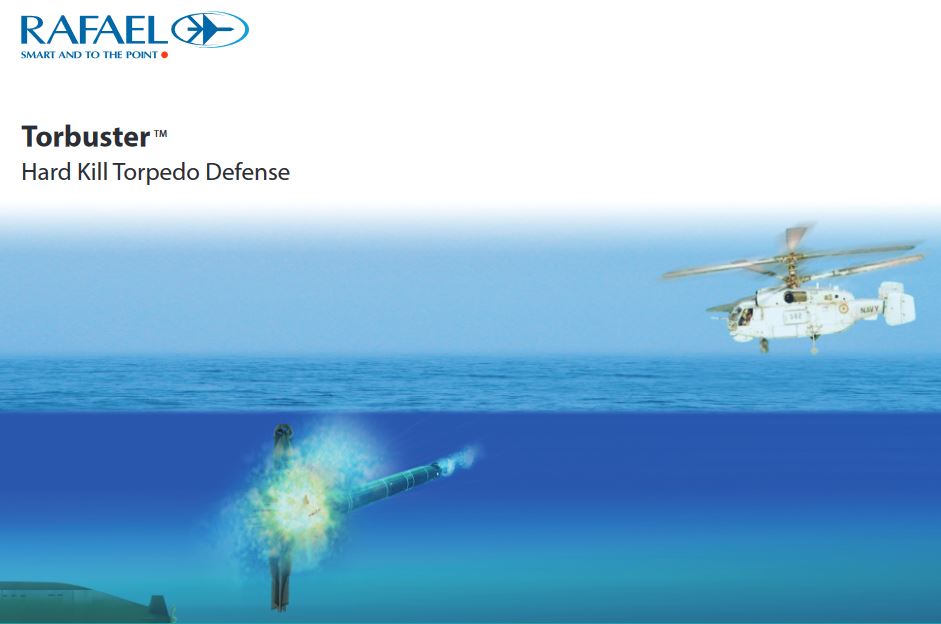
For the first time, naval weapons platforms have an active option against submerged attacks. They can counter-fire on incoming torpedoes rather than rely on deception and evasion as the only method of survival. This provides navies with new offensive opportunities to press an attack when they would normally be forced to maneuver away.
21st Century naval combat will look much different than that of the previous century. New weapons systems like the U.S. Navy’s Hyper Velocity Projectiles (HVP) and laser turrets will favor the aggressive captains. A shift towards offensive operations has occurred and commanders who recognize these new capabilities will be rewarded.
Aaron Amick is a retired U.S. Navy submarine sonarman. He served in both Atlantic and Pacific Oceans on 688 Los Angles Class Fast Attack and Ohio class ballistic missile submarines. He has published two audiobooks on Cold War-era submarines, Akula SSN Project 971 Sub Brief and USS Nautilus SSN-571 Sub Brief. Now, Aaron manages a small Patreon page and contributes to The War Zone.
Contact the editor: Tyler@thedrive.com
